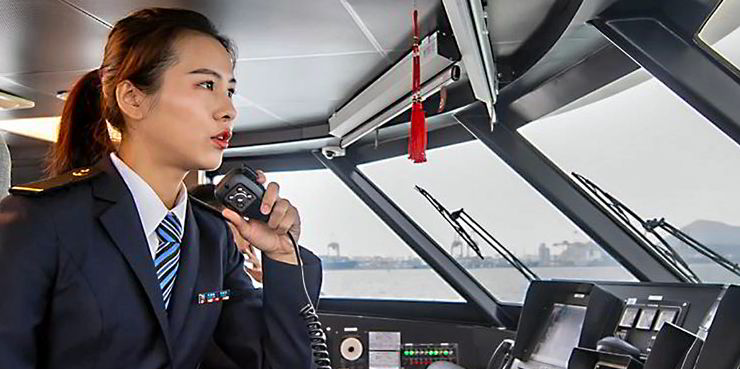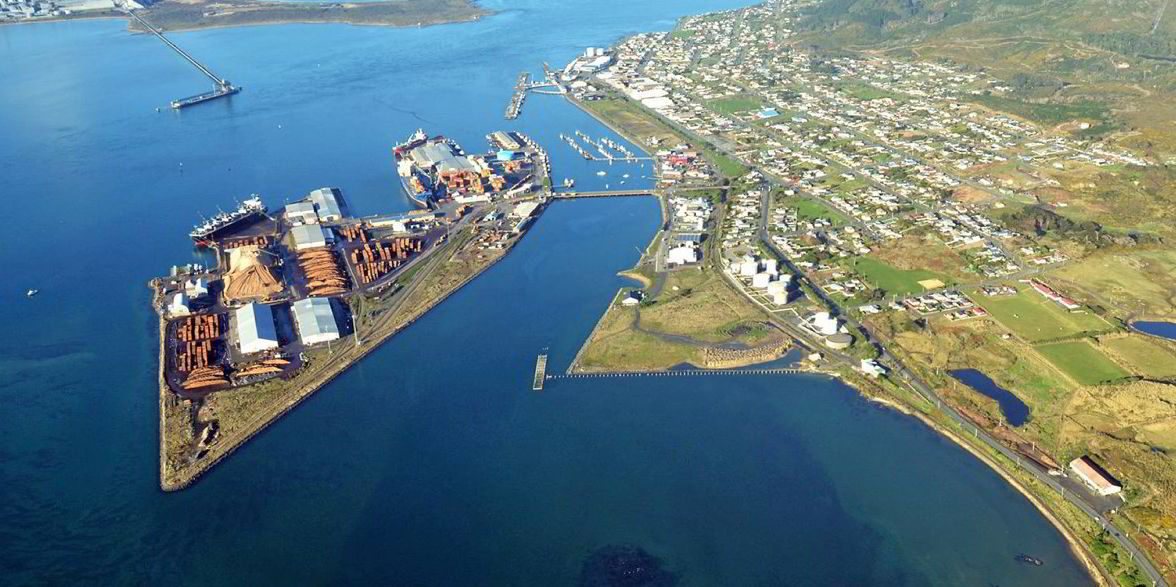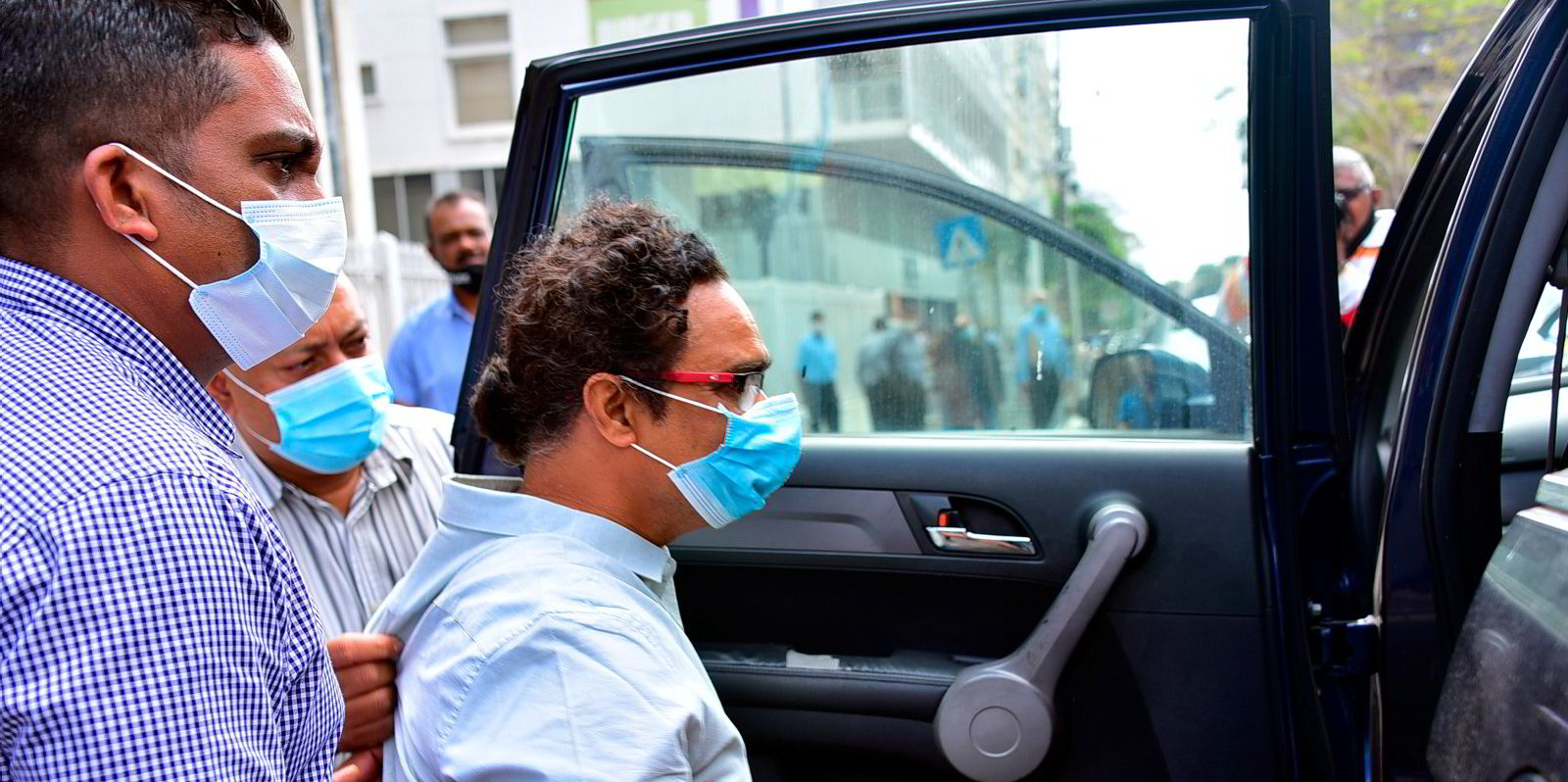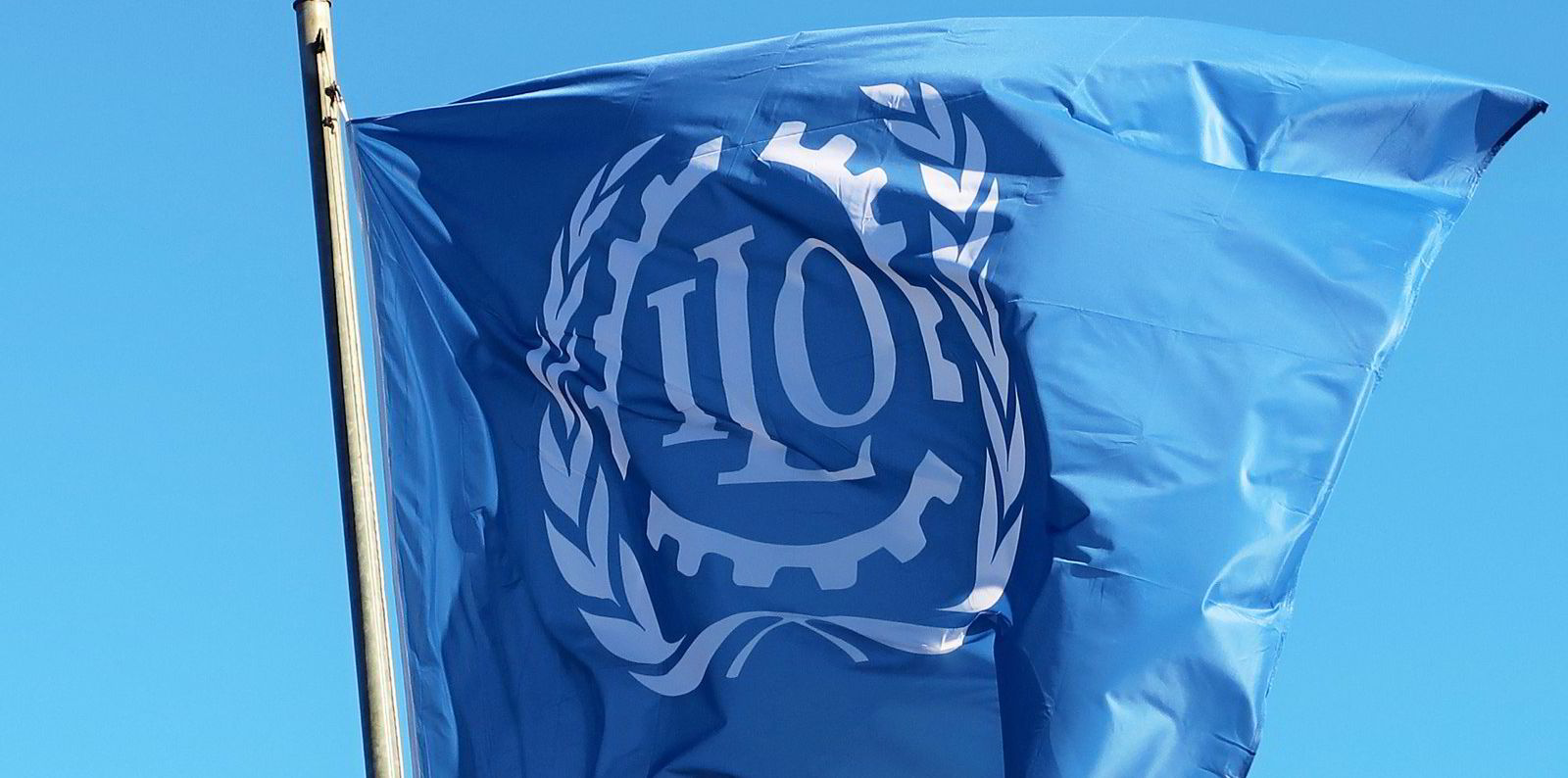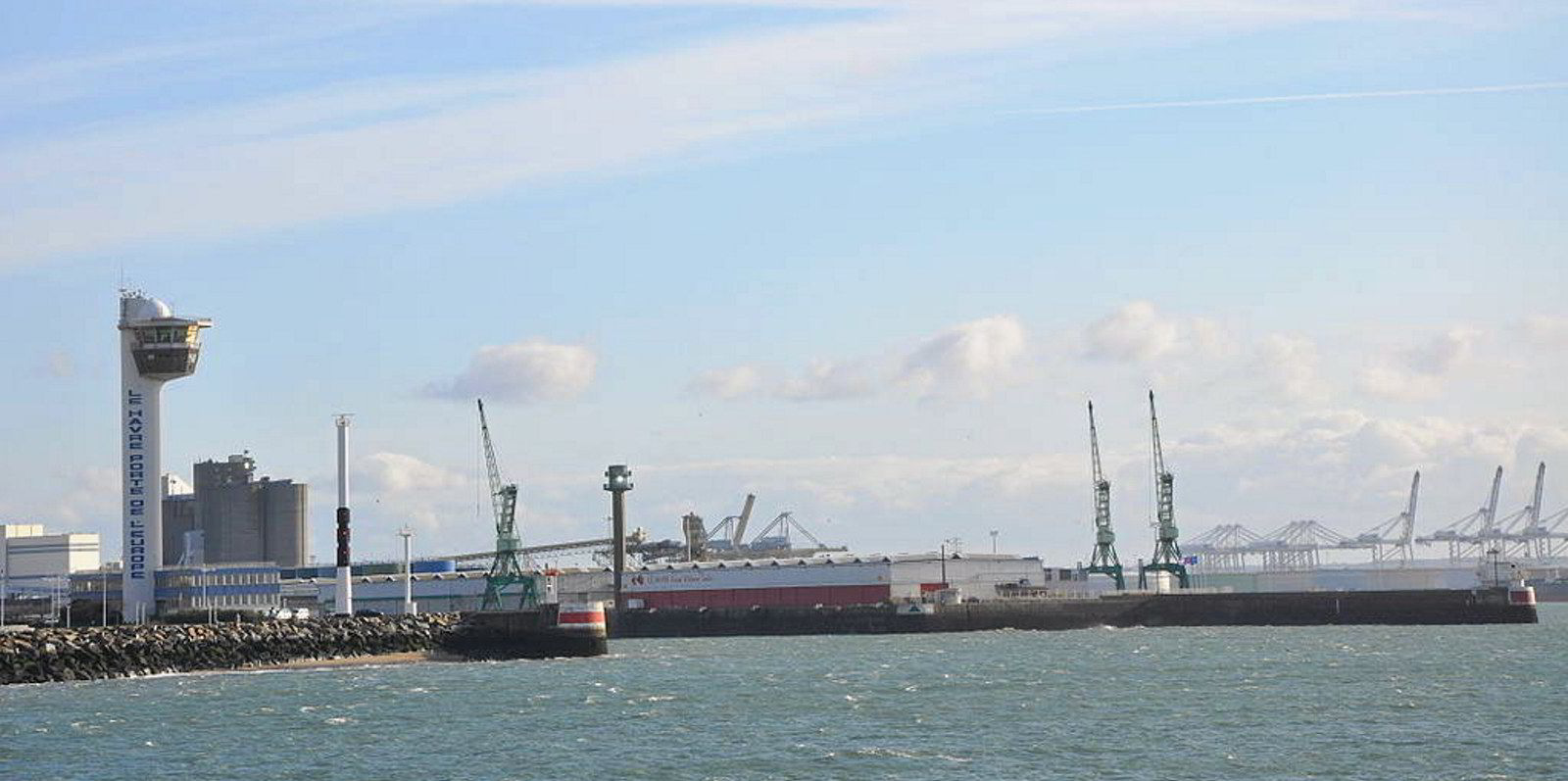The International Chamber of Shipping (ICS) and Bimco’s five-yearly assessment of the seafarer labour market has revealed a worsening shortage of trained officers.
There is a shortage of 26,240 officers in 2021, according to the latest figures, compared with a shortage of 16,500 last time around.
In total this year, there were 1,881,320 seafarers certified by the International Convention on Standards of Training, Certification and Watchkeeping for Seafarers (STCW Convention), including 883,780 officers and 997,540 ratings..
In 2015, there were 1,545,000 STCW-certified seafarers.
The number of officers employed has increased by 10.8% since then, but it has not been enough to keep pace with growth in the world fleet.
The Seafarers’ Workforce Report said the shortage of officers is being felt most acutely at management level in the tanker and offshore sectors.
Seafarers' Workforce Report reveals:
- A shortage of 26,240 officers
- The number of officers employed has increased by 10.8% in the past five years, but recruitment is not keeping pace with growth in the world fleet
- By 2026, shipping will need an additional 89,510 officers, requiring 2% growth annually in the next five years
- The number of women employed at sea rose by 45% in the past years to 24,059, including 7,289 officers and 16,770 ratings
Resources stretched
Worryingly, the joint survey is forecasting demand for an additional 89,510 officers by 2026, which will require 2% growth annually.
Since 2010, the average rate of growth in officer employment has been 2.4% per year, which suggests that the increased demand can be met.
However, ICS chairman Esben Poulsson said that although the shipping industry has been able to cope with a shortage of officers over recent years, he is concerned that the pandemic is stretching resources.
From 2023, seafarers will be asked to take on a new series of operational tasks to meet recently agreed regulations on decarbonisation.
“There is only around 5% wriggle room and, at the same time, the Covid crisis has introduced practical problems,” he said.
Shipping may find itself in a position where it can no longer cope with the shortfall, he warned, adding that stresses in the liner industry indicated that resources were already being stretched.
“Life goes on and, so far, the industry has managed to cope with the lack of seafarers,” Poulsson said.
“But we have to be careful about complacency, we have technical changes coming in and a lot of new requirements and demands on the industry. These figures do indicate that a call for action is required and a redoubling of efforts.”
Young people turning away from career at sea
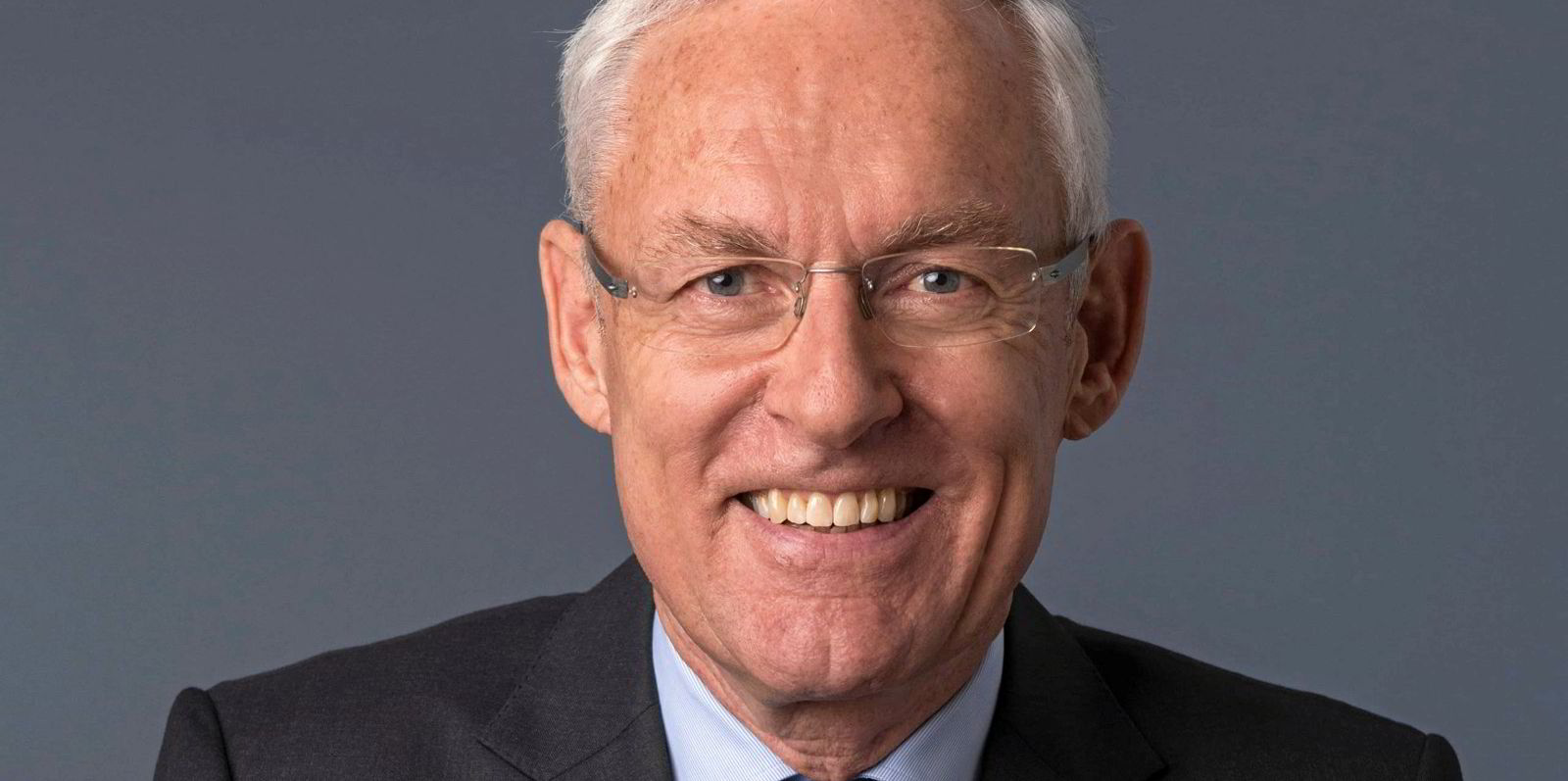
The report is recommending the promotion of education and training for careers at sea. It also wants maritime administrations to monitor seafarer recruitment and retention levels to inform commercial shipping and national government policies.
The ICS would like the STCW Convention updated to reflect the changing demands on seafarers.
Poulsson said recent reports showing a reduction in numbers entering the seafaring profession in the Philippines — shipping’s largest labour supply country — indicate that the experience of the pandemic may be turning young people away from a career at sea.
He said shipping will continue to press governments to recognise seafarers as key workers and team up with the trucking and airline industries, which have faced similar problems, to call for freedom of movement between countries.
One positive development in the review is an increase in the number of women seafarers, which Poulsson suggests needs to be encouraged to improve the gender balance and help fill the skills gap.
There was a 45% increase in the number of women employed at sea since the 2015 survey to 24,059, including 7,289 officers and 16,770 ratings.
The report indicated that an increase in initiatives to encourage women to go through training is resulting in more of them becoming seafarers. It estimated that women made up 15% of officer trainees in 2021 and 6% of ratings trainees. However, the percentage of the female workforce remains low: only 1.28% of the global maritime workforce.
The report found that women ratings are largely employed in the cruise and passengership sector, but female officers work more widely across the industry.
The main labour supply countries appear to remain largely unchanged.
For all seafarers, the Philippines remains the industry’s largest source of workers, followed by Russia, Indonesia, China and India. These five countries account for 45% of the seafarer workforce. The Philippines is also the largest supplier of officers and ratings.
